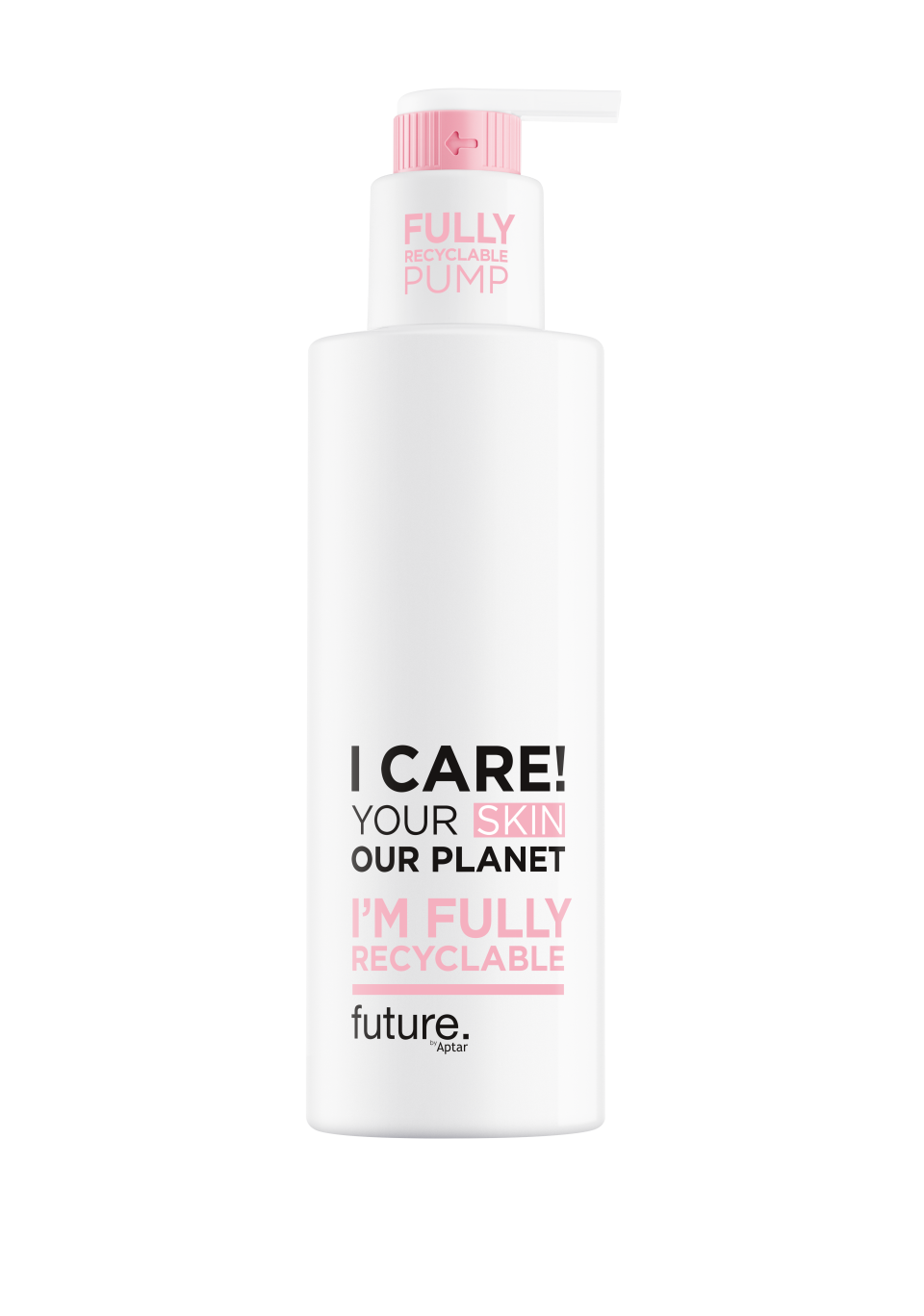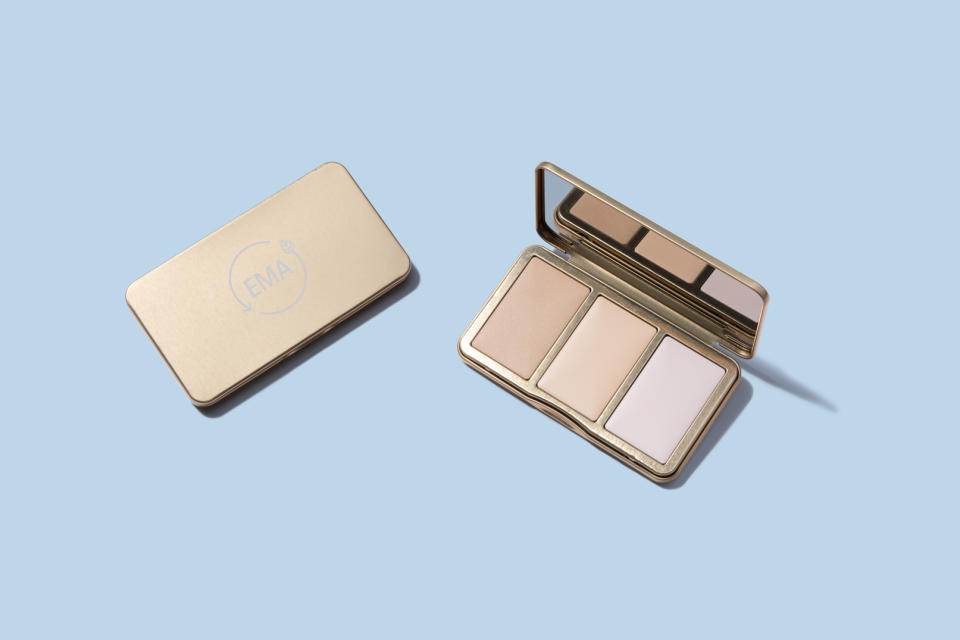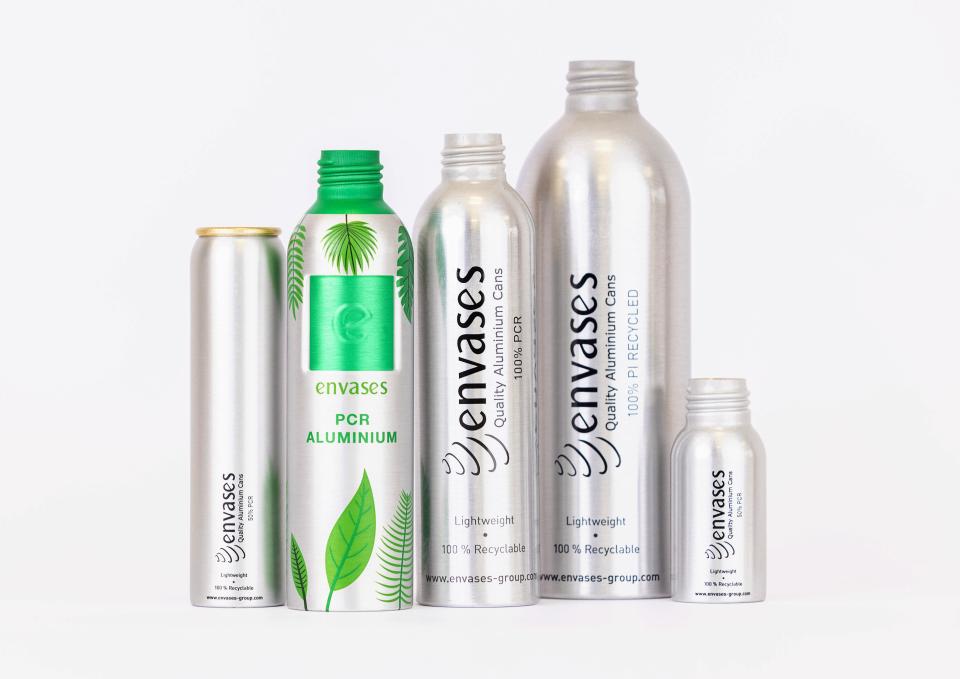Cosmetics Packaging Suppliers Weather the Storm

Packaging suppliers are gearing up to attend the Luxe Pack Monaco trade show, to be held from Sept. 27 to 29, the first time since 2019, due to the coronavirus pandemic.
But while vaccines have enabled in-person gatherings to commence once again, the impact of the ongoing health crisis coupled with raw materials’ unprecedented price inflation has created one of the most tumultuous times in the industry’s history.
More from WWD
From grappling with the extreme weather patterns to dealing with disruptions in global transport networks, trying to drive more sustainable alternatives or anticipate unpredictable levels of demand, the challenges that suppliers face are increasingly complex with far-ranging consequences trickling down to the consumer level.
No doubt such subject will be top of mind for Luxe Pack attendees and exhibitors.
“[Even] the people who have been in the business for many years have never seen this before,” said Gilles Swyngedauw, vice president of marketing, innovation and sustainability at Albéa Group.
To start with, the cost of raw materials is soaring. Swyngedauw noted that in previous crises, some raw materials’ prices climbed, but now all of them are skyrocketing. “It is plastic, paper, cardboard palette, aluminum, steel — absolutely everything is going up very fast, very suddenly,” he said. “Nothing is predictable.”
Equally as unpredictable is the demand from the client side, whether established or emerging brands. Most suppliers report that orders are increasing steeply, though not yet attaining levels seen before the coronavirus pandemic, in 2019. “It’s a very volatile demand,” said Xavier Susterac, president of Aptar Beauty and Home EMEA, who explained a customer might order a product on a Monday then change it on a Tuesday.
During Albéa’s virtual press conference last week, Cécile Tuil, vice president communications, noted that project delays are common today, which creates unforeseen consequences at a time when materials are in short supply. “Some brands show extreme caution. Everyone’s priority is to secure supplies,” she said. “We are telling some of the strategic customers to commit, so that we can secure raw materials. Otherwise, we risk not being able to serve them when they need it the most.”

Courtesy of Albéa Group
It is a sentiment heard throughout the supplier community. “It’s extremely difficult to serve this market at the moment, so there is a bit of a supply chain challenge for all of us,” Susterac said.
A multitude of reasons feed into this. Weaker investments have been made in the cosmetics packaging industry during the last 18 to 24 months than in normal times, plus there were manufacturing stoppages. “As a result, the whole supply chain in the world is disrupted, and that leads to inflation,” Susterac said.
In Europe between May and July this year, oil prices spiked by 250 percent; electricity prices by 360 percent; polyethylene, or PE, prices by 160 percent; polypropylene, or PP, prices by 120 percent, and acrylonitrile butadiene styrene, or ABS, prices by 60 percent. Meanwhile, the price of containers multiplied by five, according to Albéa statistics.
Prices of PP increased to 2,000 euros per ton from 1,200 euros per ton in a few short months.
The cost of aluminum is volatile, too. Envases Group has been producing bottles of that material for 70 years, and has weathered a lot of price speculation, most recently in 2008 and 2011. For almost the last decade, the cost of aluminum budged very little — until now.
“Between January and September, it rose by 47 percent,” said Hugo Beristain, director of strategy and business development at the company.
Geopolitical issues in Guinea are partially to blame, impacting aluminum production at a time when demand for the material grows. Today, aluminum sells for 2,450 euros per ton, whereas historically the rate in stable periods held at around 1,500 euros per ton.
“The figures are staggering,” said Tuil, adding price hikes overall have been decelerating since summertime, albeit at a slower rate than the proceeding spikes. Yet some executives expect more inflation next year for the likes of metal, energy and freight.
Other causes for the current price increases include forces majeures. A natural disaster like Hurricane Ida resulted in missing feedstocks such as of PP. There is also the boom in e-commerce, new regulations for plastics driving up the price of post-consumer recycled, or PCR, materials, plus fewer shipping containers.
“Transit cost and lead time are a big challenge right now for packaging coming from Asia,” said Denis Maurin, head of global innovation and sales support at HCT. “We anticipate as much as we can and are always looking for more options and alternatives, but we hope things will get better soon.”
Stocking up is crucial for suppliers who hope to create as little disruption as possible at a time when brands are looking for ever-greater speed. “The focus is on securing supplies for customers, and that drives up costs further,” said Tuil, who added cosmetics packaging suppliers are being squeezed between their much bigger customers and much bigger material suppliers, while at the same time global competition remains as intense as always, albeit for a smaller market with higher costs.
For its part, Lumson assesses the landscape weekly and acts accordingly. “Since the beginning of 2021, we started to monitor the situation in weekly meetings, taking the risk of buying raw materials and components ahead of standard times, based not only on orders but also on sales forecasts and budget,” said operation director Ernesto Paolillo.
Despite hardships there are some bright spots, however. Recycled material, which is generally a bit costlier than virgin material, is more reasonably priced now, after virgin material’s prices went up significantly. “We’re actually at the moment in a funny situation,” Susterac said. “We see some feedstocks, some inventories of recycled materials, which are cheaper because [producers] were using materials from six months ago that were recycled and put in the supply chain. It’s a short-term thing.”

Courtesy of Aptar
Looking forward, though, some suppliers fear a shortage in PCR materials’ availability, as well as their expense. “These prices are going to go up, big time,” said Susterac, reasoning the demand will go up much faster than the supply.
“As brands are now pushing for more PCR content in their packaging, we need to work with suppliers to get the PCR materials available with short lead time and with a consistent quality,” Maurin said.
Karine Cambot, key account manager at Frapak, suggested that a good way to avoid a run on PCR polyethylene terephthalate, or PET, the most commonly used plastic for cosmetics containers, is to have customers eschew packaging produced wholly in that material. “Fifty percent will really be enough,” she said.
The challenges come at a time when governments and, more importantly, consumers, are demanding a more sustainable approach to cosmetics package. But at times like these, that presents a challenge. The industry’s general goals between now and 2025 include that all cosmetics packaging will be recycled or recyclable. “Is there enough capacity in the world to supply these needs? The answer is no,” said Susterac, adding that will take time.
He also believes inflation will ultimately be felt at the consumer level. “There is a delay, but yes, it will come — no doubt,” the executive said.
Take the case of aluminum, for instance. Thirty-five percent of the price of an aluminum bottle is from the raw material, so when that increases almost 50 percent it’s impossible for the suppliers and brands to absorb fully the added cost.
For now, many suppliers — especially those with strong networks — are not experiencing a shortage of raw materials. Frapak, for instance, has widened its supplier pool to stem the problem, according to Cambot, who said some customers are asking her group to supply packaging that’s usually sourced from elsewhere, due to procurement difficulties.
Aptar has established contracts and partnerships with local raw material suppliers to reduce transportation costs and the environmental impact, explained Christophe Marie, the company’s global product sustainability director. “That’s in particular in regard to recycled material, because this is where you have more control over the source, and clearly there will be a race getting access to this type of material,” he said. “There is not enough capacity installed worldwide to withstand all the commitments made by the different brands.”
“We are finding other materials and processes that can be done closer to fillers in the EU or U.S.,” Maurin said. “The key is to stay flexible and offer as many options as possible.”

Courtesy of HCT
“The pandemic has taught us that a flexible approach is the essential asset needed going forward,” agreed Caroline Baranes, chief marketing officer at Baralan, speaking at the recent OnBeauty by Cosmoprof trade show, in Bologna, Italy.
Aptar has linked up with some new companies developing emerging technologies filling the gap between mechanical and chemical recycling to produce materials not yet on the market today. (With mechanical recycling, product is washed and cleaned, while chemical recycling, which requires larger equipment, involves a reversion to monomers, or the initial molecules from which materials are made. Then they have to be reconstructed, so the material is like virgin again.)
“They will be able to provide material that is almost the same quality as conventional material, but without going back to chemical recycling, which is more impactful in terms of the environment,” Marie said.
Sustainability remains top of mind across the food chain. “Despite the crisis and all its impacts, all our customers kept their [sustainability] commitments,” said Marie, of the brands, a strategy that is reflected in consumer data. “Seventy-two percent of U.K. consumers say that recyclability and reducing plastic are now main purchasing drivers,” said Caroline Hughes, a marketing manager at Albéa, during the group’s conference. “This is pretty new, because before it was mainly quality and value for money.”
The rocky times are not blurring suppliers’ sharp focus on sustainable innovations, either. “We don’t need a lot of volume to do [innovations],” Swyngedauw said. “We have increased our pace on that in the two businesses that we are running — cosmetic rigid packaging and tubes.”
Albéa has switched from aluminum-based laminate tubes to plastic-based laminate tubes or to paper-plastic tubes. Other innovations include moving away from using virgin fossil resins and making tubes contain more mechanical or chemical PCR, for instance.
Among Baralan’s novelties are airless, refillable glass packaging offers. Meanwhile, Lumson is betting on aluminum with its new Techno Airless Aluminum, or TAL, solution that is recyclable, light and easy to customize, along with meeting the market’s demand for safety, thanks to the group’s Hermetic Snap Closure System.
Mono-material options are seen as a key to ensuring recyclability, as well. Cosmei, for example, developed a whole range of mono-material compacts in PP, crafted without glue and that are refillable. “Agility and refillable packaging are what the market is demanding, as well as the possibility to give second life to objects,” said Cosmei’s business development director Catherine Duraj, also at OnBeauty by Cosmoprof.
Other sustainable materials Frapak is now working with includes ocean plastic and vegetal pigments. Envases has created aluminum refillable bottles, as well as PCR aluminum solutions that are fully recyclable, too.

Courtesy of Envases Group
Next week in Monaco, HCT will display its R-Less line of airless mono-material, recyclable packaging, and the Tinplate line, with metal components making for easy recycling. Envases will highlight the capability of it new hot-stamping machine that’s integrated into the production line, along with its refills and PCR line.
Peering further into the future, recyclable or reusable bio-based materials will be important for cosmetics packaging, as it syncs with a circular economy and the reduction of CO2 emissions. Frapak, for instance, has already started using a bio-based PE made with sugar cane, which is sourced from Braskem, a petrochemical company in Brazil.
Times are changing rapidly.
“I don’t believe brands can have it all,” Tuil said. “[They can’t] have responsible suppliers, responsible innovation, secured supply, shorter supply chains, lower prices and agility despite poor forecasts. Something’s got to change to protect beauty’s dynamic global ecosystem.”
Top Three Takeaways:
ON THE UP: Cosmetics packaging’s sky-high raw material prices could remain volatile for months more.
STRANGE YET TRUE: Exceptionally, some recycled materials are now less expensive than virgin materials.
SUPPLY AND DEMAND: There is not yet enough capacity to supply the upcoming demand for recycled and recyclable cosmetics packaging.
FOR MORE, SEE:
Sustainable Sourcing Platform Sourceful Raises $12.2 Million in Seed Round
Beauty Industry Attempts Shift Toward Sustainable Packaging
Sustainable Packaging, Free Returns Top-of-Mind for Shoppers
Sign up for WWD's Newsletter. For the latest news, follow us on Twitter, Facebook, and Instagram.

